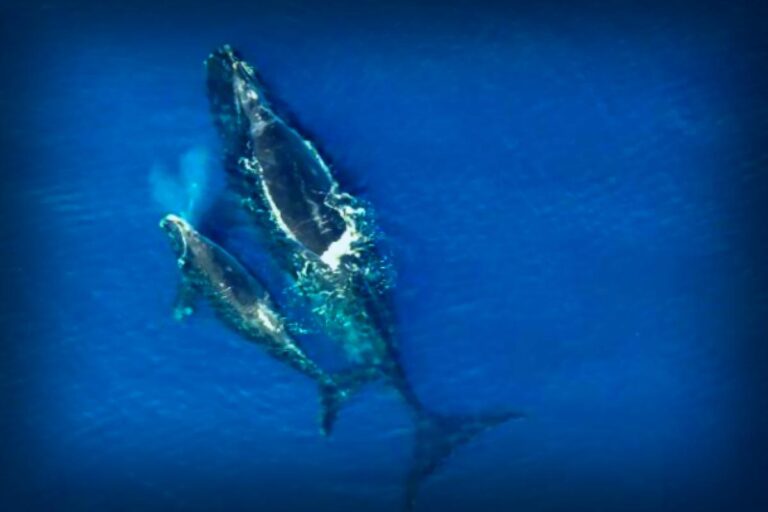A fascinating lunar meteorite was recently discovered in Africa, giving scientists a peek into a little-understood chapter of the moon’s volcanic activity. Weighing 311 grams, this unique piece of rock, called Northwest Africa 16286, provides insights that date back an impressive 2.35 billion years.
According to Joshua Snape, the lead researcher from the University of Manchester, “The age and makeup of this meteorite suggest that the moon was still active volcanically during this period. Our analyses indicate that a heat-generating process may have been occurring for a long time, likely fueled by the decay of radiogenic elements.” This story reveals how dynamic lunar activity was long after we previously thought.
This meteorite is an exciting addition to our understanding of lunar history, helping to fill in what has been an almost billion-year gap in knowledge about the moon’s geology. Unlike samples retrieved during NASA’s Apollo missions or those from China’s Chang’e missions, which are between 3.1 and 4.3 billion years old, this rock is much younger.
What sets Northwest Africa 16286 apart is its volcanic beginnings. Geochemical studies show that it emerged from the deep lava flows of the moon’s mantle, cooling and hardening as it erupted onto the surface. Phenomenal crystals of olivine make it notably distinctive, alongside balanced titanium levels and rich potassium content.

Only 31 volcanic lunar rocks have been found on Earth so far, making meteorite 16286 the youngest among them. Snape notes, “Moon rocks are rarity, so whenever we encounter one that’s visually unique, it becomes quite exciting for us!”
Furthermore, recent findings from Chang’e 5 support the ongoing narrative of volcanic activity; their samples indicate such processes have occurred as recently as the past 123 million years. These contributions are reshaping our understanding of the moon’s geological activity, indicating a continuous, albeit sporadic, volcanic presence.
The next intriguing step is tracing back the meteorite’s origin on the moon, likely linked to a crater formed by an impactful event that ejected this precious rock. Identifying the exact site could pave the way for future missions aiming to collect more samples from this enigmatic volcanic era, enriching our grasp on the moon’s dynamic past.
Snape shared these remarkable findings at the Goldschmidt Conference, a premier global event in geochemistry, held in Prague from July 6 to 11.



















